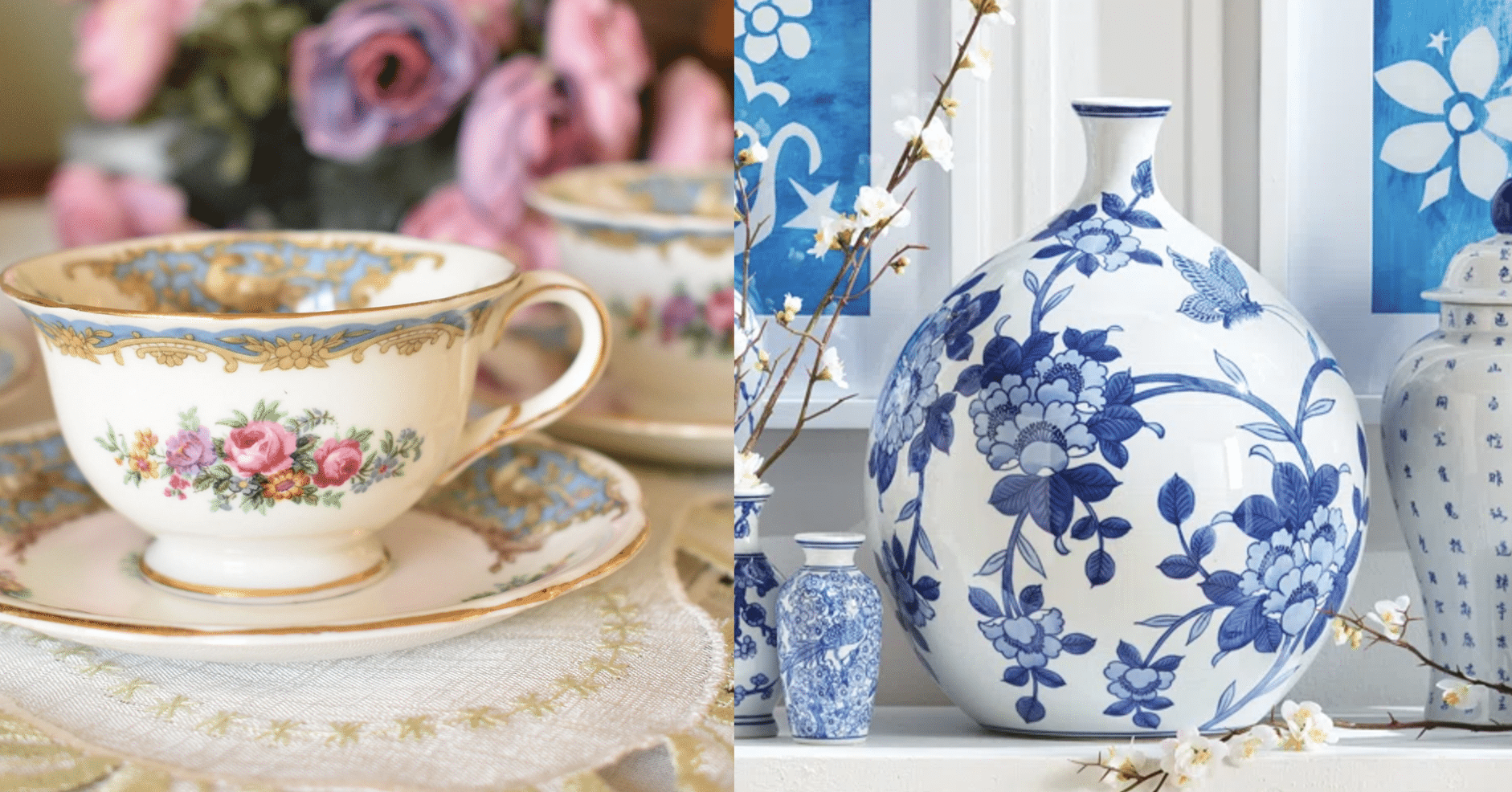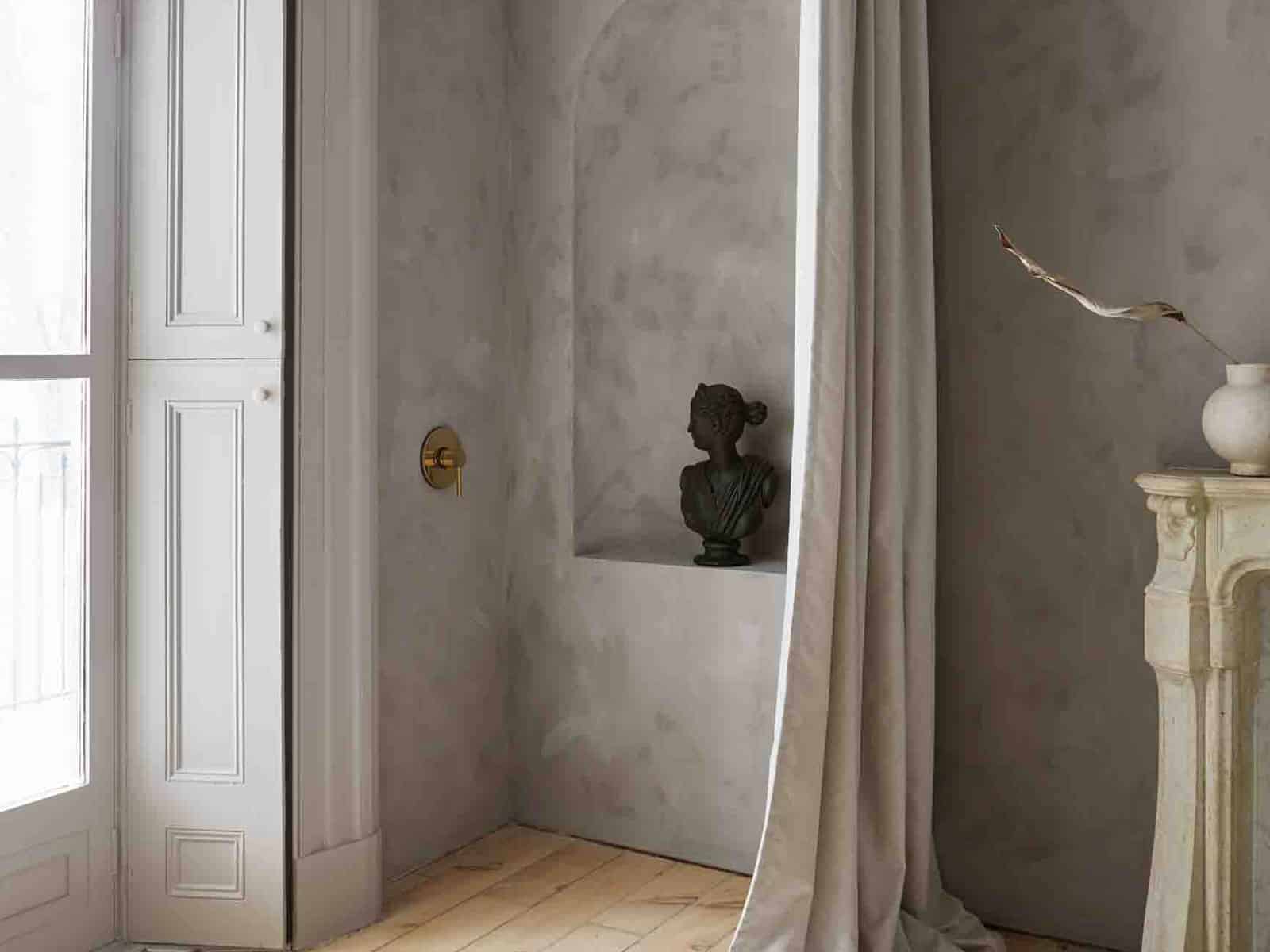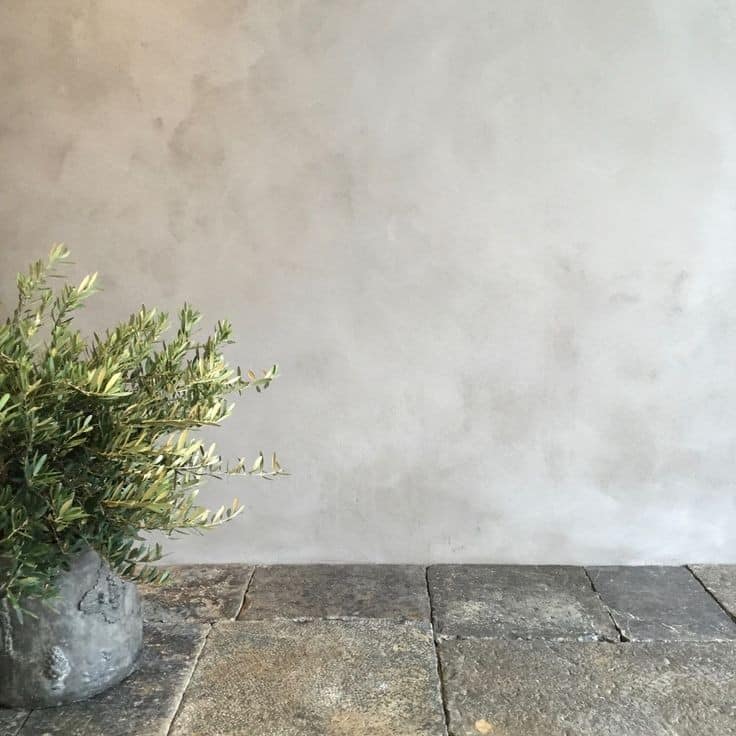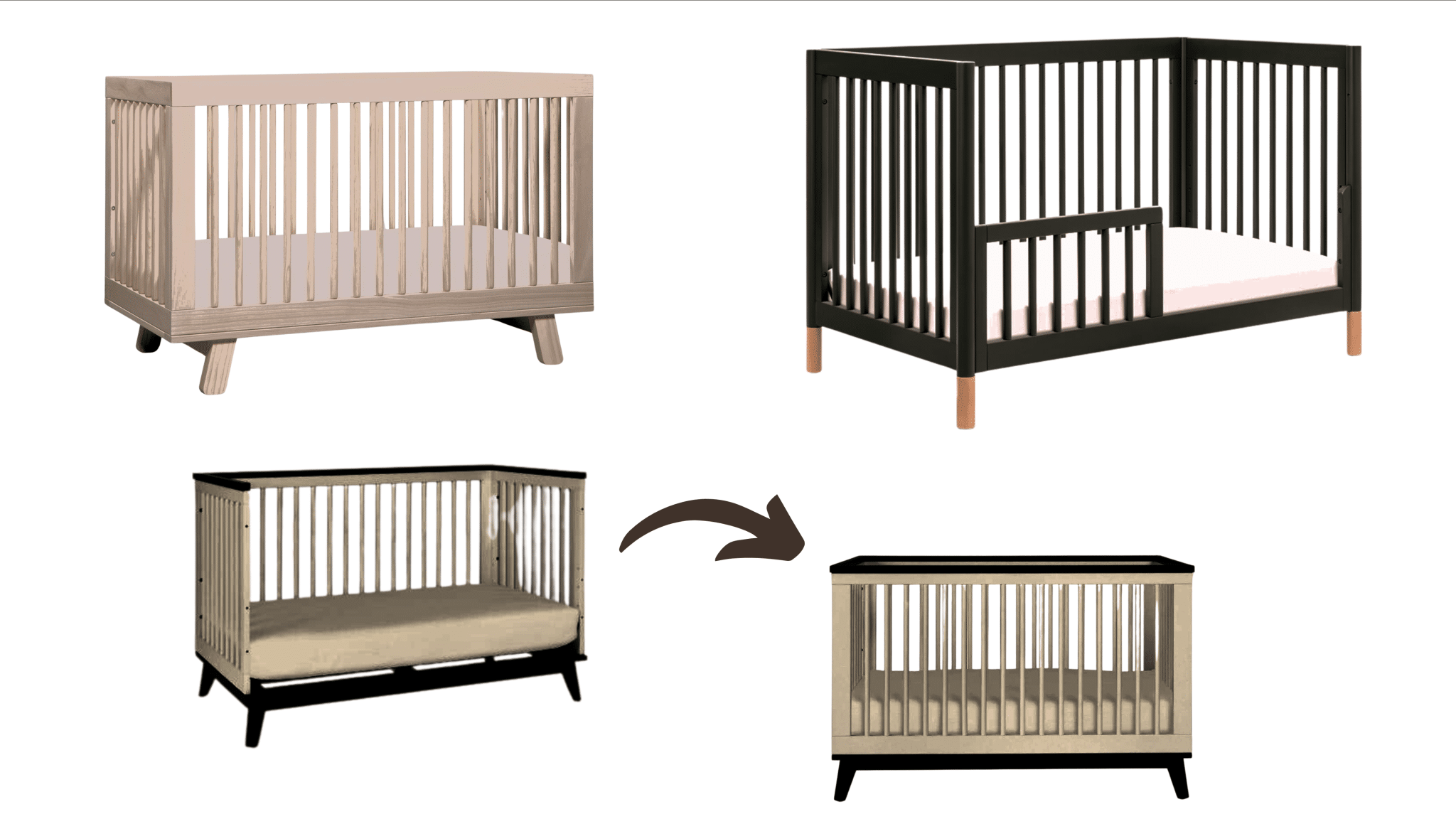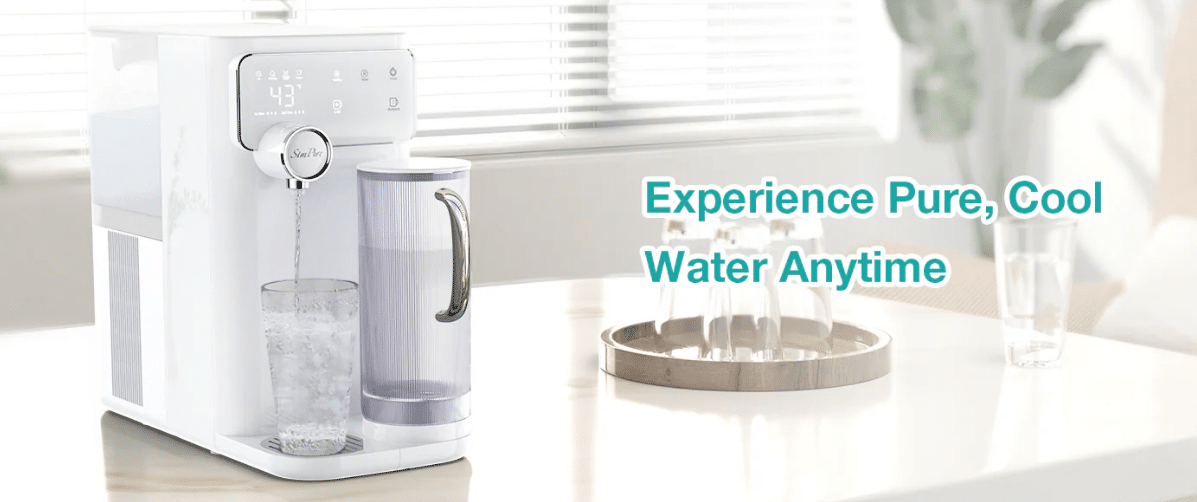Bone China vs Porcelain: A Comparative Analysis
Many shoppers can be stumped by the choice between bone china and porcelain when buying new dinnerware. Both materials look good on dining tables, but each has its own special features.
I’ll show you exactly what makes these materials different, helping you pick the perfect option for your needs. We’ll look at everything from how they’re made to how they feel in your hands.
In this guide, you’ll learn:
- The key traits of bone china and porcelain
- How to tell them apart
- Which one suits your lifestyle better
- How to choose based on your budget and needs
- Ways to care for each type
By the end, you’ll know exactly which material will work best for your home and style.
Understanding Bone China
The story of bone china takes us back to 1700s England, where skilled potters made a key finding. They mixed fine animal bones into their clay to create better dinnerware.
Local makers in England, like Spode, tried new ways to improve their plates and cups. Their work led to what we now know as bone china, a prized choice for fine dining.
Today, most bone china comes from skilled makers in Asia, mainly China and Japan. Their craft builds on centuries of knowledge to create beautiful pieces for modern tables.
Composition and Manufacturing
The magic of bone china lies in its special mix of materials. Each piece combines kaolin clay, quartz, and feldspar with finely ground animal bones. This bone ash gives the china its unique traits.
The firing process sets bone china apart from other ceramics. Makers heat the pieces to about 2,200°F – a lower temperature than regular porcelain. This careful process brings out the material’s best features.
In the workshop, skilled hands shape and finish each piece with care. The bone ash allows for finer details and more complex patterns than other materials can achieve.
Physical Characteristics
Pick up a piece of bone china, and you’ll notice how light it feels. Despite its thin walls, it stays strong and resists chips better than expected.
Hold it up to light, and you’ll see a gentle glow through the material. The surface has a warm, off-white color that sets a perfect backdrop for any meal.
The finish tells another story – smooth and bright, with a soft shine that catches light. These qualities make bone china stand out on any dinner table.
Understanding Porcelain
Porcelain’s history starts in China, where makers first created this white ceramic many centuries ago. Their skills and methods spread across Asia to the Middle East and later Europe.
Chinese makers kept their methods secret for hundreds of years. European makers tried to copy this special ceramic when trade routes opened between East and West.
Even today, top makers around the world follow these time-tested methods. They mix old knowledge with new tools to create pieces that match modern needs.
Composition and Manufacturing
Pure porcelain comes from three main materials: kaolin clay, quartz, and feldspar. Each plays a key role in making the final product strong and pure white.
The making process requires very high heat—about 2,650°F. This intense heat turns the clay mixture into a glass-like material that will not let water pass through.
Skilled workers shape each piece with care before firing. They must control every step to avoid flaws that could ruin the final product.
Physical Characteristics
Porcelain pieces feel solid and heavy in your hands. The material’s density helps it last through years of regular use.
The surface is bright, pure white. When held up to light, porcelain lets some light pass through, but less than other fine ceramics.
Key Differences Between Bone China and Porcelain
| Feature | Bone China | Porcelain |
|---|---|---|
| Material Composition | Kaolin clay, quartz, feldspar, bone ash (up to 50%) | Kaolin clay, quartz, feldspar |
| Firing Temperature | Around 2,200°F (1,200°C) | Around 2,650°F (1,400°C) |
| Color | Warm, off-white hue | Pure, bright white |
| Weight | Lighter, thinner walls | Heavier, thicker walls |
| Translucency | More translucent, especially at the edges | Less translucent |
| Strength | Very strong despite the thinness | Strong but more prone to chipping |
| Price Range | Higher price point | The more moderate price point |
| Best Use | Fine dining, special occasions | Daily use, restaurants |
Pros and Cons Bone China vs Porcelain
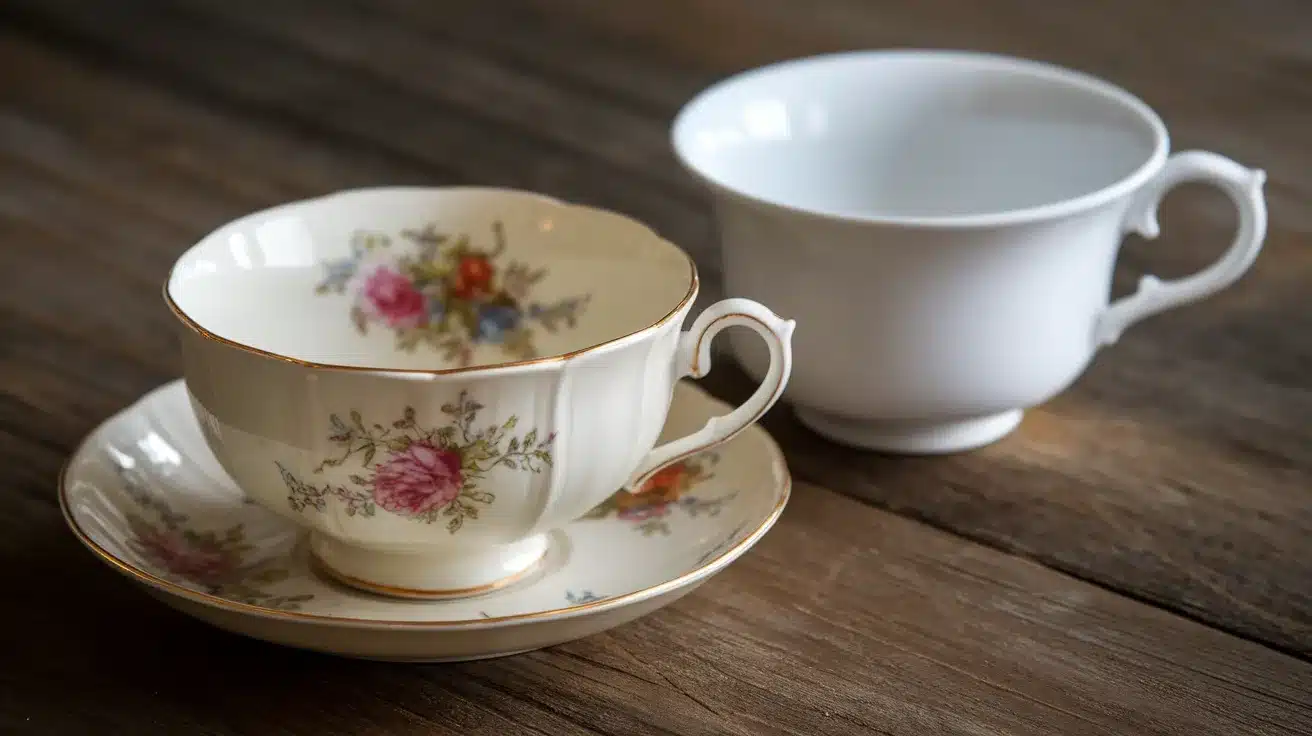
Let’s examine what sets these materials apart in terms of their strengths and weaknesses. This will help you choose what best suits your needs.
Bone China Benefits and Limits
What Makes It Stand Out
A piece of bone china brings certain perks to your table. Its thin, light feel makes serving food a smooth task. When light hits it, you’ll see a soft glow that adds style to your meals.
The strength of bone china might surprise you. Though it looks fine, it fights off chips and breaks well. Each piece keeps its good looks through many years of use.
Many people choose bone china for its clean lines and bright finish. Its soft, warm white shade works well with any table setting or room style.
Things to Think About
The price tag often makes people pause. Bone china costs more than other choices due to its special making process and materials.
Some folks worry about how bone china gets made. Using animal bones in the process raises questions for those who prefer animal-free products.
Porcelain Plus Points and Drawbacks
Where It Shines
Porcelain wins points for its fair price. You get good value that suits regular use without spending too much.
This material takes daily wear well. Its solid build means it can handle busy kitchens and frequent use. The pure white color stays bright through many washings.
Most porcelain works fine in ovens and dishwashers, making it a good pick for busy homes where easy care is most important.
What Could Be Better
The weight of porcelain might tire your hands during long serving times. Each piece feels heavier than its bone china match.
Light doesn’t pass through porcelain or bone china, which means you miss out on that special glow that many people like.
The thicker build might not suit those who want a more refined look. Some find the bright white too stark.
How to Choose the Right Material for You
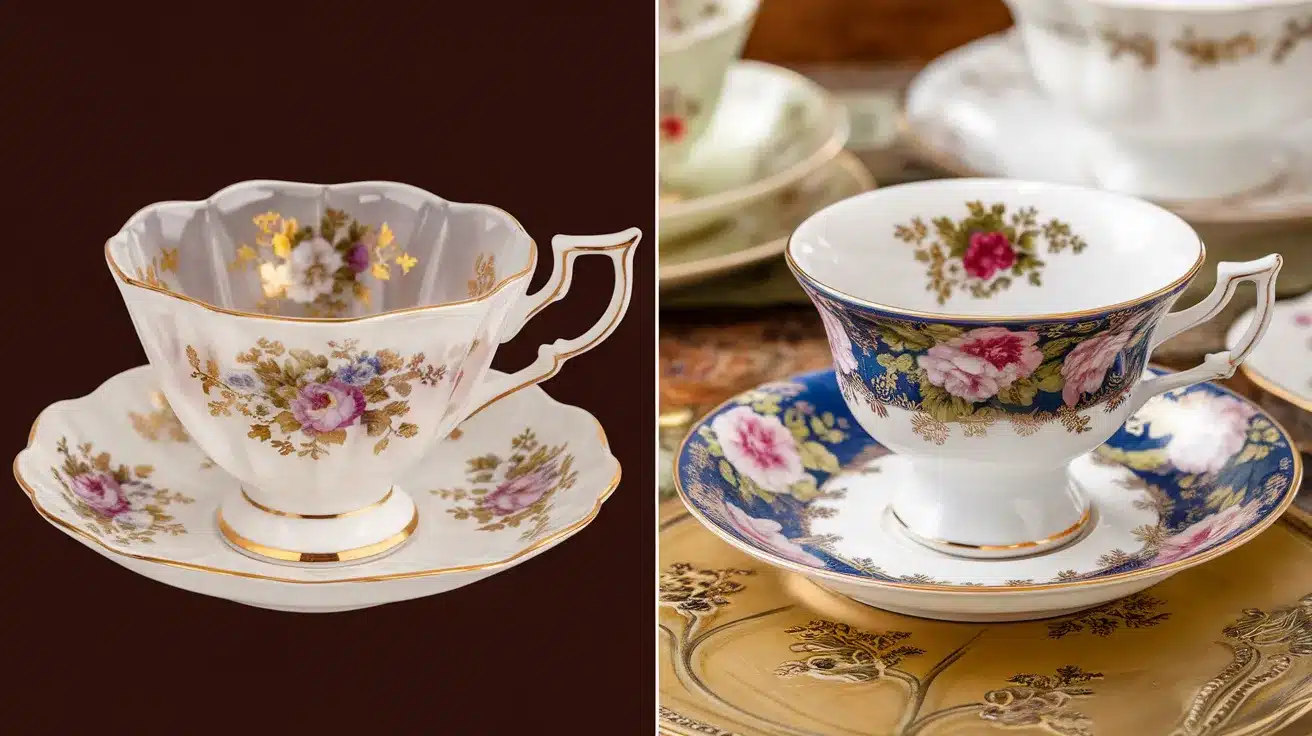
1. Assessing Your Needs
Think about how you’ll use your dinnerware most often. For daily meals, porcelain offers good service without much fuss. For special times, bone china adds that extra touch.
Your budget plays a big role in this choice. While bone china costs more upfront, it lasts many years. Porcelain gives you good value if you need more pieces right away.
2. Lifestyle Factors
Homes with small children might choose porcelain. Its solid build supports active family life, and the lower cost means less stress if a plate breaks.
If you host formal meals often, bone china is a good choice. Its lightweight makes serving easier, and its fine look adds style to your table setting.
3. Aesthetic Preferences
The look you want matters, too. Bone china suits your taste if you like warm, soft white tones. Porcelain makes more sense for clean, bright white looks.
Think about how light affects your dining space. Bone china’s glow works well in soft lighting, while porcelain’s solid look suits brighter rooms.
4. Ethical and Environmental Considerations
Some buyers care about how their choices affect animals. Since bone china uses animal bones, this might guide your pick. Many makers now offer good, non-bone options.
For earth-minded shoppers, both types last long, which means less waste. Look for makers who use clean methods and fair work rules.
Conclusion
Both bone china and porcelain offer unique qualities for your dining needs. The choice comes down to what matters most in your daily life. Bone china’s warm glow and light feel make special meals feel extra nice.
Porcelain offers solid worth and lasting strength for everyday use.
Remember, no single choice fits all homes. Your pick should match your life, style, and values. Think about who will use these dishes and how often. Consider your budget and care needs, too.
What counts most is finding pieces that make your meals better. Whether you choose the soft shine of bone china or the clean look of porcelain, both can last for years. The right pick will help turn simple meals into moments worth sharing with those who matter most.

